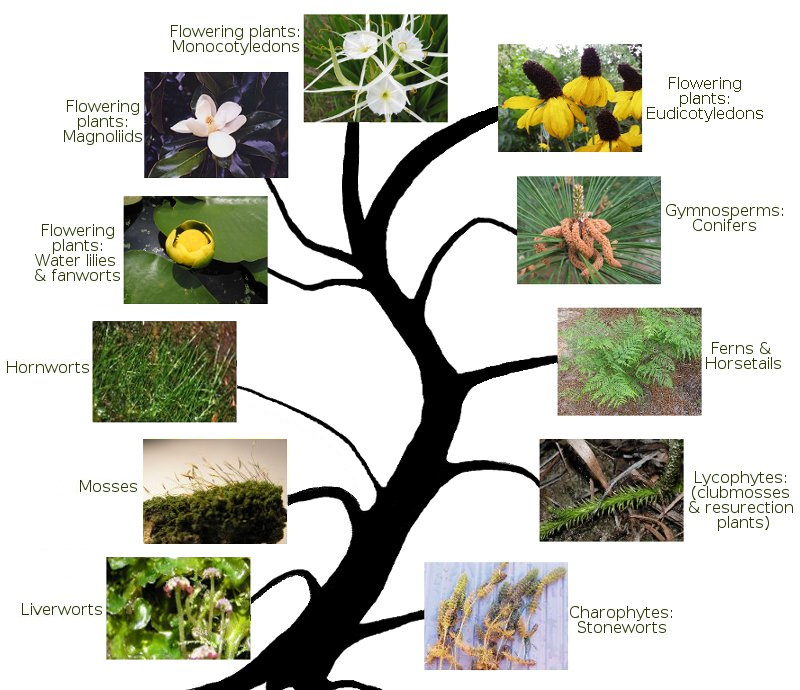Welcome to Pineywoods Plants! (Version 24.10)
The "Pineywoods" represent the forested eastern edge of Texas along with the the ecologically-similar forests of adjacent northwestern and central Louisiana. Markedly different from most of Texas, tall stands of pines and broad-leaved deciduous trees cover much of the gently rolling landscape. There is a rich variety of natural habitats: dry sandy upland pine-oak communities, remnants of once-extensive longleaf pine woodlands, pine-deciduous mixed forests, vast "bottomland hardwood" forests on the floodplains of the region's numerous rivers, baldcypress swamps, and much more. The climate is warm and humid; some areas experience as much as 50" (1270 mm) of rainfall a year. Timber, poultry, and ranching are some important local industries and much of the Pineywoods remains relatively free from urbanization. Public lands such as Kisatchie National Forest (Louisiana), the National Forests & Grasslands of Texas, and the Big Thicket National Preserve enable one to easily explore the rich and varied flora which includes more than 2200 species. In this gallery you will find pictures of native and naturalized vascular plants from this fascinating, and to many, little known, part of North America. The gallery, a product of more than 22 years of photographic excursions, currently contains 12,946 photographs representing 1410 native or naturalized vascular plant species and 90 bryophyte species. This represents well over half of the total Pineywoods flora. Nearly all species that one might encounter during a typical walk in the woods are represented along with most habitat-type indicator species. Flowering plant family circumscriptions follow the Angiosperm Phylogeny Group (APG IV) system (APG 1998, 2003, 2009, 2016). Flowering plant species nomenclature largely follows the Flora of North America (FNA 1993+) series where possible and the Integrated Taxonomic Information System (ITIS) for taxa revised since they were published in FNA. Fern and lycophyte nomenclature and family circumscriptions follow Diggs and Lipscombe (2014). Gymnosperm nomenclature follows Diggs et al. (2006). Bryophyte nomenclature follows the Bryophyte Flora of North America website. Diggs et al. (1999) and Correl and Johnston (1979) were among the many additional sources consulted for taxonomy and species identification.
- Currently one may browse by botanical family names within each of the major groups of plants. Click the "Browse the Gallery" link
- The gallery aims to connect students, laymen, and professionals with the plants that are the foundation of both the ecosystems and economy of east Texas.

